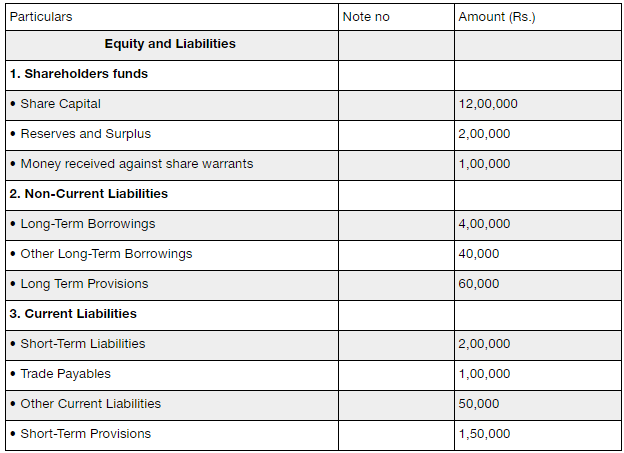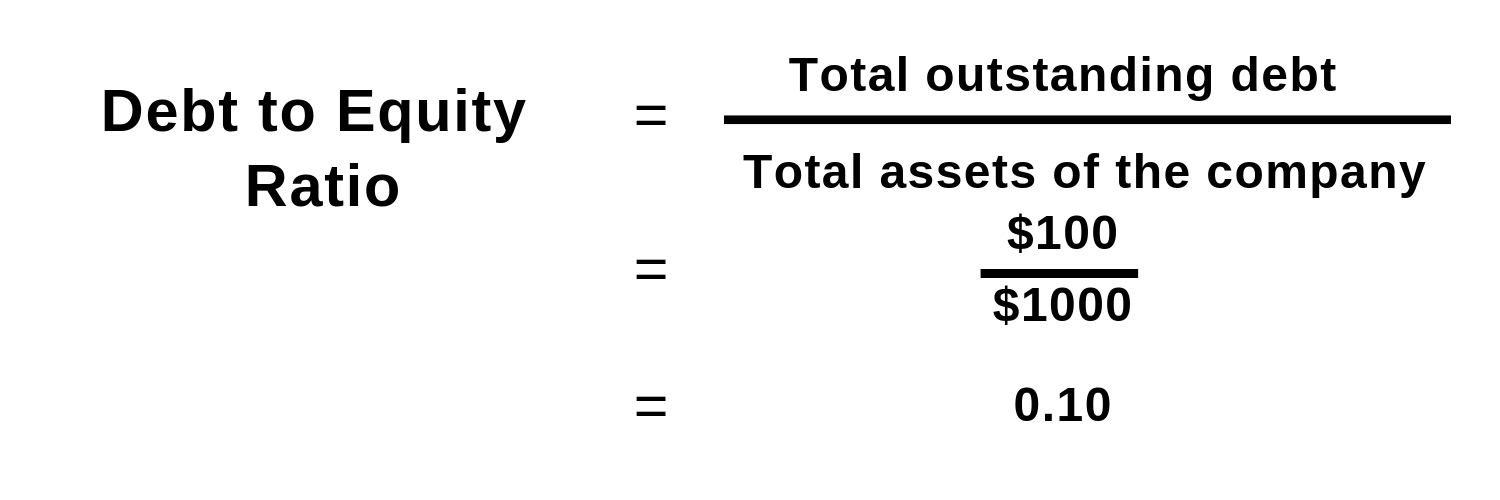What Is the Debt Ratio?
Geralt z Rivii Zobacz Postać Wiedźmin
January 6, 2022Coca-Cola Co KO Курс Акций & График Купить Сейчас
March 25, 2022
SoFi doesn’t charge commissions, but other fees apply (full fee disclosure here).
What are gearing ratios and how does the D/E ratio fit in?
It gives a fast overview of how much debt a firm has in comparison to all of its assets. Because public companies must report these figures as part of their periodic external reporting, the information is often readily available. A higher ratio may deter conservative investors, while those with a higher risk tolerance might see it as an opportunity for greater returns. Let’s examine a hypothetical company’s balance sheet to illustrate this calculation. Here, “Total Debt” includes both short-term and long-term liabilities, while “Total Shareholders’ Equity” refers to the ownership interest in the company. For example, Company A has quick assets of $20,000 and current liabilities of $18,000.
Debt to Equity Ratio Calculation Example
- Many startups make high use of leverage to grow, and even plan to use the proceeds of an initial public offering, or IPO, to pay down their debt.
- If the D/E ratio of a company is negative, it means the liabilities are greater than the assets.
- This is because when a company takes out a loan, it only has to pay back the principal plus interest.
- When assessing D/E, it’s also important to understand the factors affecting the company.
- This is because the industry is capital-intensive, requiring a lot of debt financing to run.
- Because debt is inherently risky, lenders and investors tend to favor businesses with lower D/E ratios.
This means that for every dollar of equity, the company has 20 cents of debt, or leverage. Understanding the average Debt to Equity ratio in your industry helps contextualize your company’s financial standing. This comparison can inform strategic decisions regarding 15 tax deductions and benefits for the self financing and growth. Companies can manage their Debt to Equity ratio by controlling debt levels and increasing equity through retained earnings or issuing new shares. Perhaps 53.6% isn’t so bad after all when you consider that the industry average was about 75%.
Ask Any Financial Question
For example, utility companies might be required to use leverage to purchase costly assets to maintain business operations. But utility companies have steady inflows of cash, and for that reason having a higher D/E may not spell higher risk. If preferred stock appears on the debt side of the equation, a company’s debt-to-equity ratio may look riskier. Having to make high debt payments can leave companies with less cash on hand to pay for growth, which can also hurt the company and shareholders.
Analysis
For purposes of simplicity, the liabilities on our balance sheet are only short-term and long-term debt. In the majority of cases, a negative D/E ratio is considered a risky sign, and the company might be at risk of bankruptcy. However, it could also mean the company issued shareholders significant dividends. However, a low D/E ratio is not necessarily a positive sign, as the company could be relying too much on equity financing, which is costlier than debt.

Depending on the industry they were in and the D/E ratio of competitors, this may or may not be a significant difference, but it’s an important perspective to keep in mind. Pete Rathburn is a copy editor and fact-checker with expertise in economics and personal finance and over twenty years of experience in the classroom. For startups, the ratio may not be as informative because they often operate at a loss initially.
Banks carry higher amounts of debt because they own substantial fixed assets in the form of branch networks. Higher D/E ratios can also tend to predominate in other capital-intensive sectors heavily reliant on debt financing, such as airlines and industrials. What counts as a “good” debt-to-equity (D/E) ratio will depend on the nature of the business and its industry. Generally speaking, a D/E ratio below 1 would be seen as relatively safe, whereas values of 2 or higher might be considered risky. Companies in some industries, such as utilities, consumer staples, and banking, typically have relatively high D/E ratios.
However, the ratio can be more discerning as to what is actually a borrowing, as opposed to other types of obligations that might exist on the balance sheet under the liabilities section. For example, often only the liabilities accounts that are actually labelled as “debt” on the balance sheet are used in the numerator, instead of the broader category of “total liabilities”. A decrease in the D/E ratio indicates that a company is becoming less leveraged and is using less debt to finance its operations. This usually signifies that a company is in good financial health and is generating enough cash flow to cover its debts.
